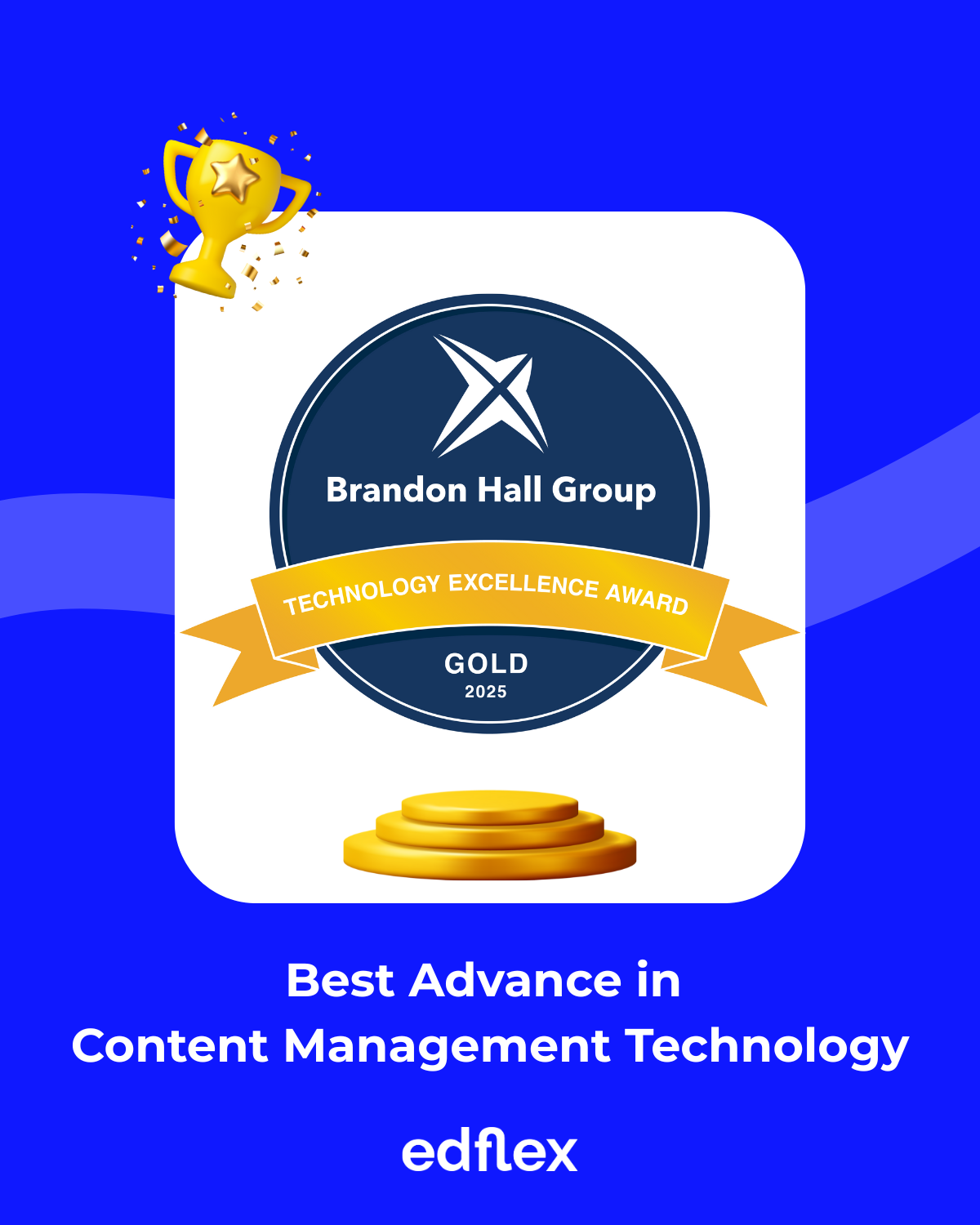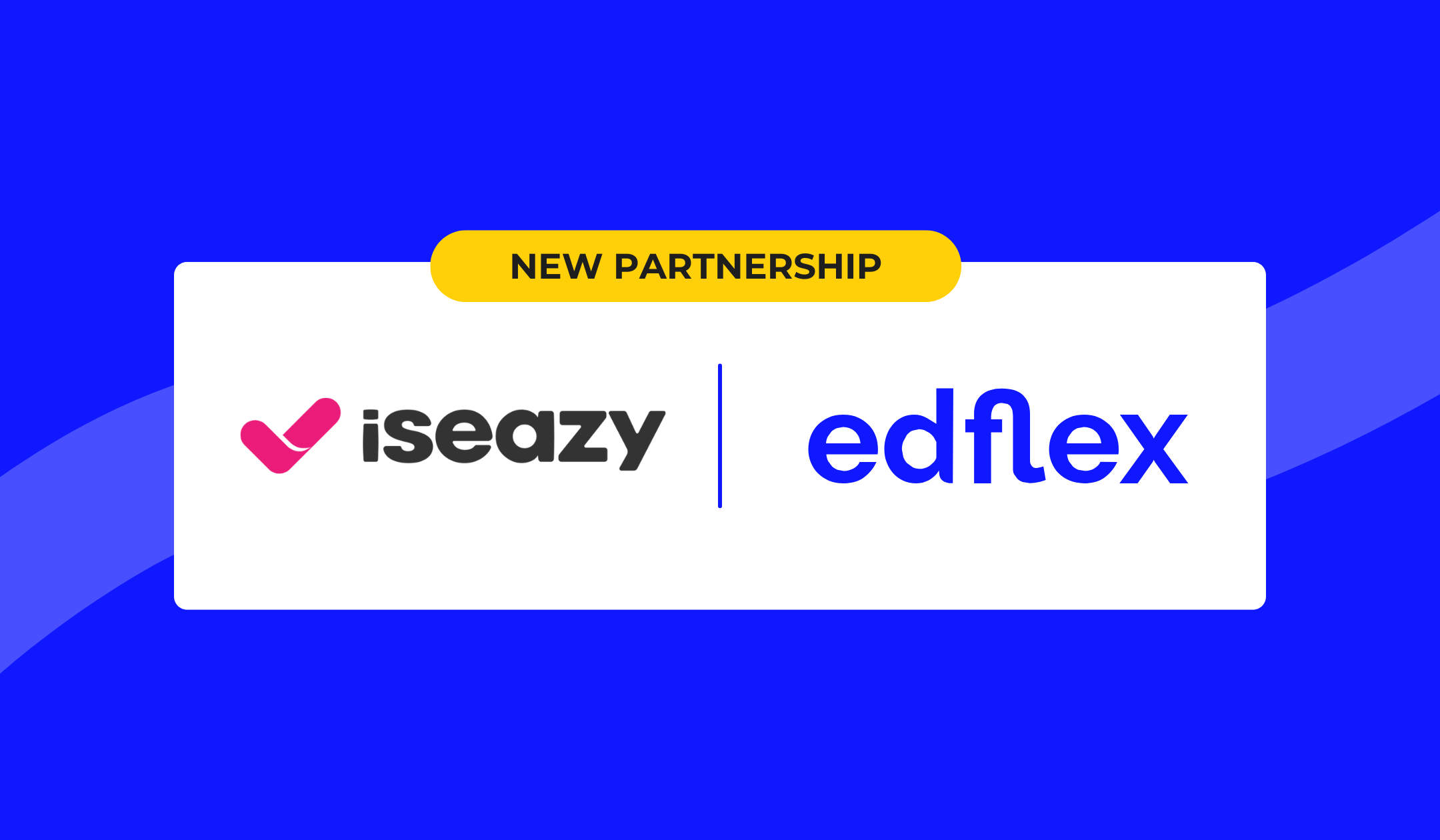Have you ever considered offering learning & development opportunities as a standard part of an employee compensation package?
The Great Renegotiation or Reshuffle
As the world continues to emerge from the Covid-19 pandemic and now faces an economic dip and rising inflation, businesses grapple with rapid disruption and uncertainty. Advances in AI and robotics, generational shifts, rumblings of a recession, and worker demands for greater flexibility and work-life balance are reshaping the workplace of the 21st century.
McKinsey refers to this era as the Great Renegotiation. The lack of career advancement and development opportunities is second only to compensation as the main factor driving workplace attrition. The lifelong learner now has extraordinary opportunities to negotiate a bespoke career path.
Being innovative about corporate training and continuous learning and development can supply the competitive edge needed for talent acquisition and retention.
Recruiting and Retaining the Workers of the Future
LinkedIn Learning consistently finds that Gen-Z employees (born between 1997 and 2012) place a premium on career development and advancement in the workplace. As Forbes puts it, “Gen-Z wants to learn their way up the career ladder – and smart companies are providing the rungs.”
Given the current global talent shortage, finding innovative ways to retain and incentivize Gen-X and boomer employees is also essential for leading-edge companies. L&D can play a key role in ensuring that middle-aged and senior workers can get the skills and knowledge necessary to compete in a rapidly changing world.

Five Ways to Leverage the Power of Lifelong Learning on the Job
1. Make curated learning content accessible and actionable
Because everyone learns differently, it is also important to offer a variety of formats, such as podcasts, articles, videos, blogs, webinars, e-books, and online courses. This is practical because salespeople who are driving cars to customer appointments can listen to podcasts, while desk workers can watch videos and webinars. Employees with poor internet connections at home can read blogs and articles.
2. Simplify access to learning in daily work
Adopt the concept of Learning in the Flow of Work, a term coined by Josh Bersin in 2018. Waiting days to get an answer for your learning needs, navigating through 15 steps to access learning content, and only being able to access a resource through a computer instead of a smartphone are all pain points for employees.
Instead, make digital learning content instantly available on the applications and platforms that employees use on a daily basis, such as Teams, Slack, Yammer, Workplace, Salesforce, Chrome, and WeChat. It only makes sense to make learning content available where your employees are.
3. Provide a continuous flow of new, up-to-date content
Today, learning content can become obsolete incredibly fast, so companies need a constant flow of the latest content and strategies to incentivize lifelong learners. It takes a combination of technology and human expertise to find high-quality content, qualify it, and make it available to learners. This can be time-consuming for organizations to do on their own so look for automated solutions, like Edflex, to provide that support.
4. Provide access to premium content and professional certifications
Ambitious employees are motivated by certifications that prove their investment in training. Offering to pay for a Harvard certification on EDX or another vetted qualification allows you to satisfy your employees’ desire for educational bragging rights and develops your brand. And, it tells employees that you are invested in their career development.
5. Extend learning as a benefit to the community
Companies should consider opening learning opportunities to the families of your employees, selected charities, and to the wider community. Using education to directly impact society enhances your corporate brand and attracts candidates who want their work to have a greater social impact.

Investing in Curated Digital Content Will Enhance ROI and Employee Satisfaction
Making L&D a key benefit for employees will generate positive returns across the organization.
Yet ensuring that employees have real-time access to high-quality, relevant, and integrated content is difficult to do on one’s own.

Edflex puts curated content within easy reach of employees, allowing them to access content related to their current position and broader content related to key processes such as promotion, talent development, and deskilling / upskilling.
Supplying access to Edflex from the shop floor to the corporate HQ is a powerful way to create a fair and continuous learning culture. Companies that embed “learning and development as a benefit” at the heart of their HR policies will become more agile and ready to face the economic and technological changes to come.
Download our latest ebook to find 5 ways to rethink your learning and development strategy.



.png)














